With a revolutionary design, the rotary engine became an iconic engineering masterpiece, promising a lighter, smoother, and more powerful driving experience. It featured a triangular rotor that smoothly spun within an oval chamber. Invented in the mid-1950s, it captured the imagination of car manufacturers worldwide. Discover the captivating story of classic cars powered by the rotary engine, a tale of innovation, triumph, and a touch of the unconventional.
Mazda Luce R130 coupe – 1969
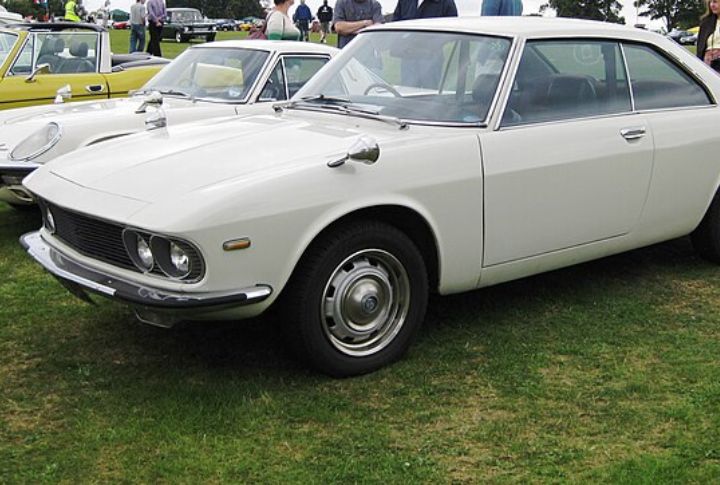
Produced from 1969 to 1972, the Mazda Luce R130 coupe marked a significant milestone. It was Mazda’s first mass-produced car to be equipped with a Wankel engine, paving the way for future rotary successes like the RX-7. While not a powerhouse, it provided a glimpse into the potential of the rotary engine for everyday driving.
NSU Wankel Spider – 1964
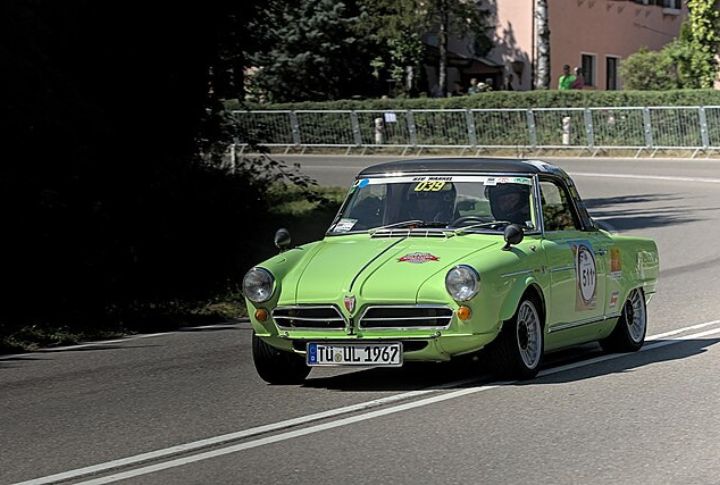
The NSU Wankel Spider wasn’t just the first car commercially available with a rotary engine – it was a revolution. It gained acclaim for its sporty handling and innovative engine. It also won numerous awards, solidifying the Wankel engine’s benefits and paving the way for the NSU Ro80, the first mass-produced rotary car.
Mercedes-Benz C111 – 1969
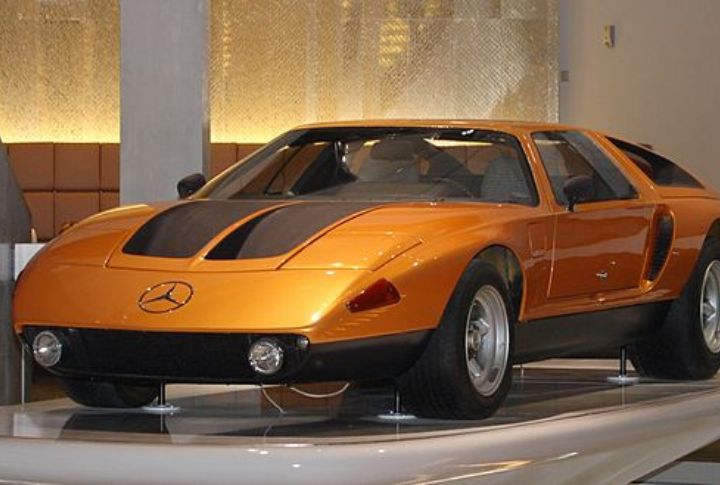
Debuting in 1969, this futuristic concept used the rotary engine as a testbed for future technologies. The initial C111 featured a fiberglass body and a mid-mounted three-rotor Wankel engine, pushing boundaries with its 280 horsepower and stunning gullwing doors. Later iterations explored even more powerful four-rotor versions, achieving top speeds exceeding 180 mph.
Citroën GS Birotor – 1973
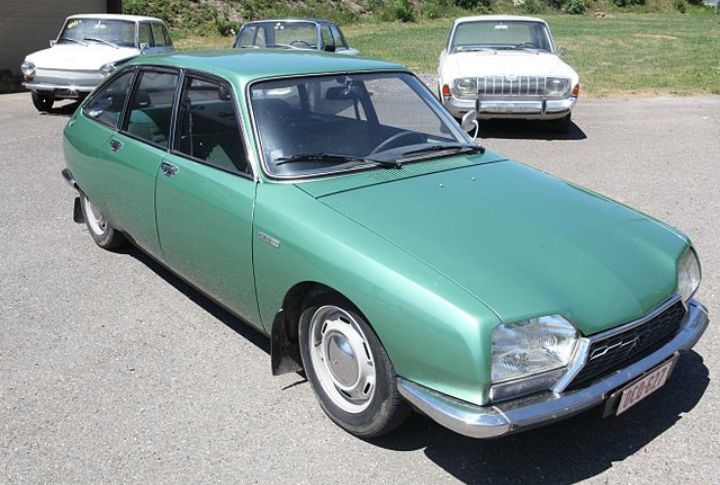
French automaker Citroën took a bold step in 1973 with the GS Birotor, pairing a two-rotor Wankel with a traditional piston engine for a balance of power and fuel efficiency. However, its complexity and high production costs proved to be its downfall, especially after the fuel crisis began.
Mazda RX-7 – 1978
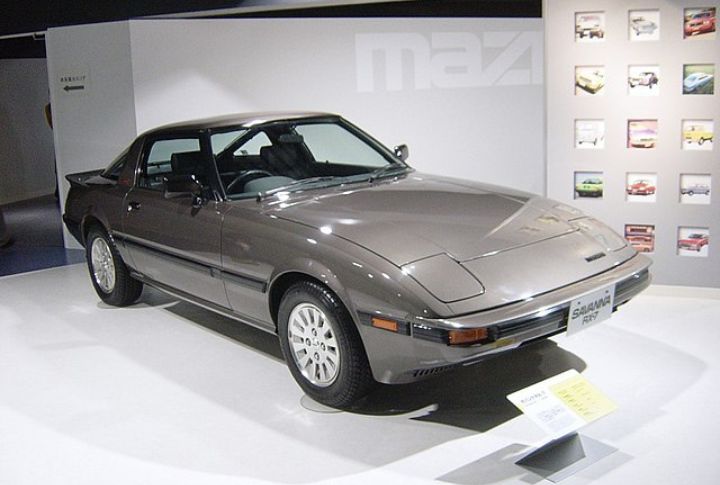
While the Mercedes and Citroën dabbled in rotaries, Mazda truly embraced the technology. The Mazda RX-7, developed across three generations from 1978 to 2002, became the iconic rotary sports car. The first generation offered a lightweight chassis with a free-revving 1.1-liter twin-rotor engine. Later generations saw the introduction of turbochargers, boasting a nearly 300 horsepower twin-turbocharged engine.
Toyota 2000GT MF12 – 1967
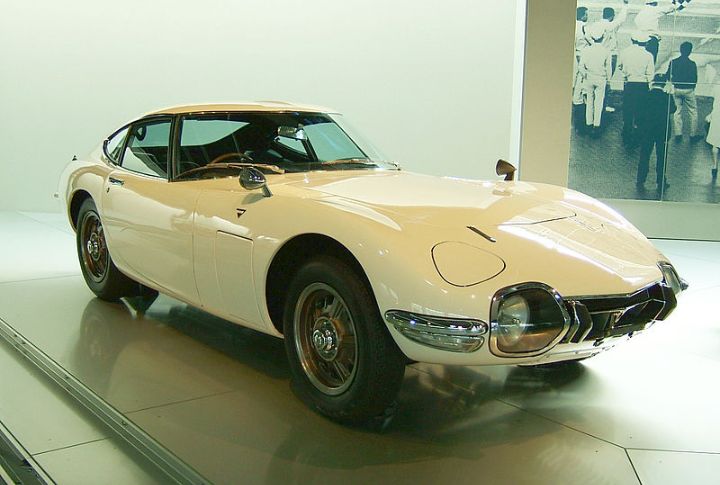
Developed in 1967, the MF12 was a prototype built to explore the power of the rotary engine. Toyota equipped the 2000GT MF12 with a Yamaha-developed two-rotor Wankel engine, a unique collaboration between two Japanese giants. However, the rotary’s fuel consumption and emissions concerns led Toyota to abandon the project.
Chevrolet Corvette Aerovane – 1973
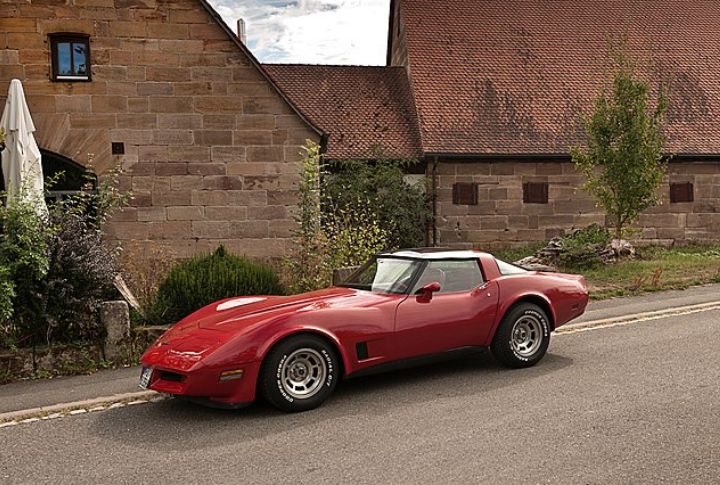
In 1973, General Motors developed the Chevrolet Corvette Aerovane, a concept car equipped with a two-rotor Wankel engine made by General Motors’ research division. While testing results were promising, the 1973 oil crisis and stricter emissions regulations forced GM to prioritize existing piston engine technology.
NSU Ro80 – 1967
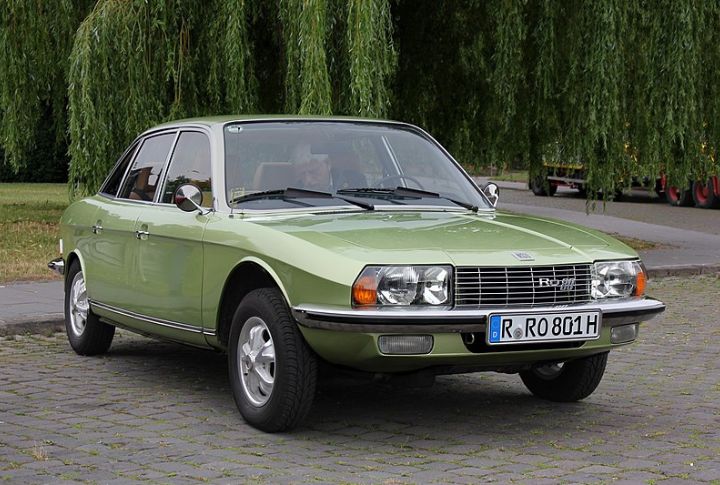
The NSU Ro80, made from 1967 to 1977, holds a special place in rotary engine history. It was the first mass-produced car equipped with a Wankel engine, a significant achievement for German automaker NSU. The Ro80 offered a smooth, quiet ride and impressive performance for its time.
AutoVAZ 2108 Lada Samara – 1985
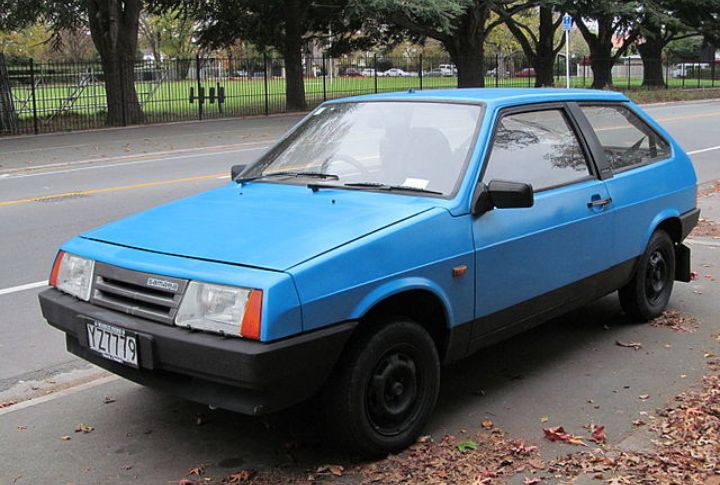
Developed as an alternative to traditional piston engines, the Wankel-powered AutoVAZ 2108 Lada Samara, available from 1985 onwards, might not be the first car that comes to mind when considering rotary engines. It remained a niche offering, with production ending in the early 1990s.
Eunos Cosmo – 1990
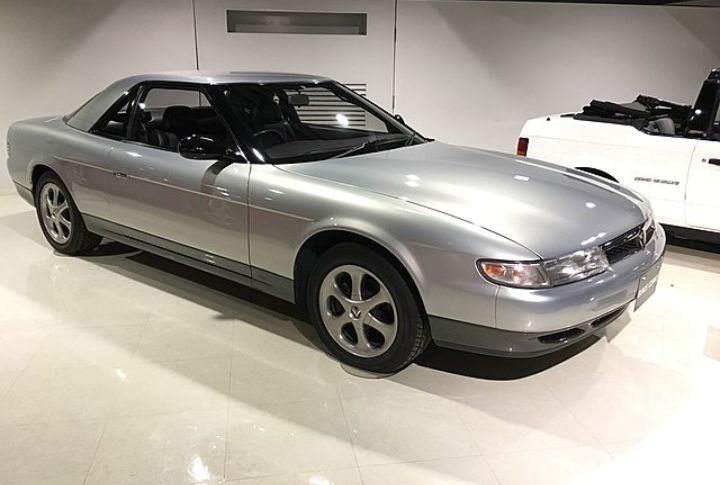
This luxurious coupe was the first and only Mazda with a powerful twin-turbocharged three-rotor engine capable of generating over 280 horsepower. The Eunos Cosmo offered a sublime driving experience, showcasing the refinement and potential of the rotary engine. Yet, its limited production run kept it from achieving widespread success.
Chevrolet Corvair Testudo – 1963
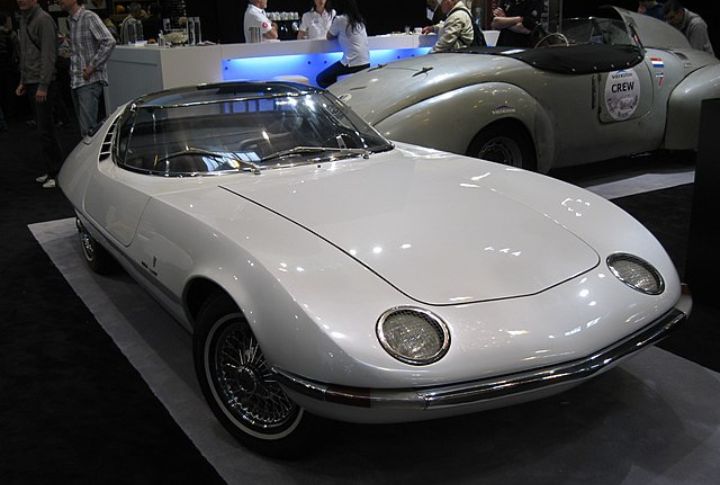
The Chevrolet Corvair Testudo, a 1963 concept car, offers a glimpse into an alternate reality for General Motors. This futuristic mid-engined sports car was built on the Corvair platform but featured a rotary engine instead of the standard flat-six. Nevertheless, GM’s concerns over the ongoing safety issues surrounding the Corvair platform ultimately led to the project’s cancellation.
Citroën M35 – 1970
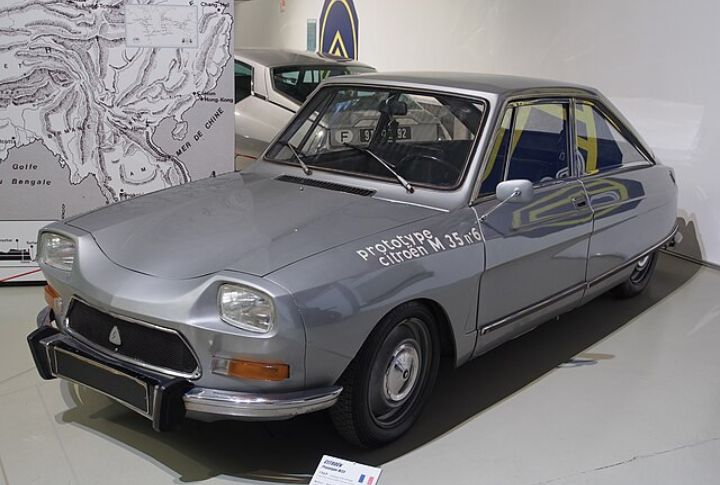
As a futuristic concept car introduced in 1970, the M35 showcased Citroën’s bold experimentation with the rotary engine. This wedge-shaped vehicle featured a mid-mounted, air-cooled two-rotor Wankel engine and innovative features like variable-height suspension and unique gullwing doors.
AMC Pacer – 1971
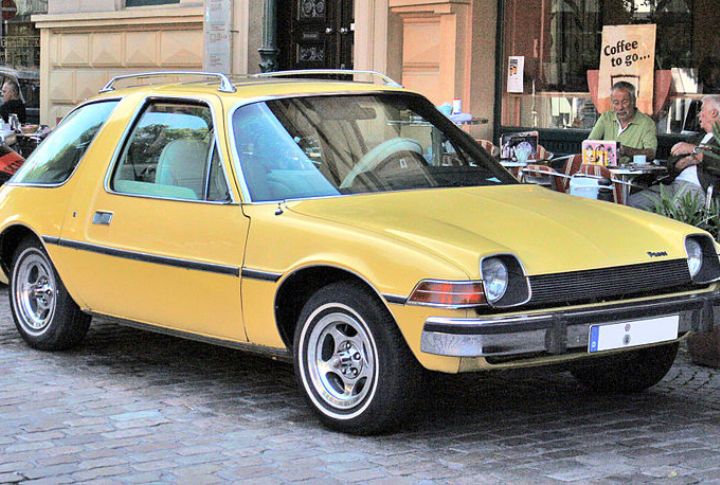
AMC opted for the rotary engine due to its potential for compact size and smooth performance, producing the Pacer, which became the only American car available with a Wankel engine by American Motors Corporation. However, the chosen design proved troublesome. The rotary engine suffered from poor fuel economy and steering issues, and the car was dropped after two years.
Mazda 767B – 1991
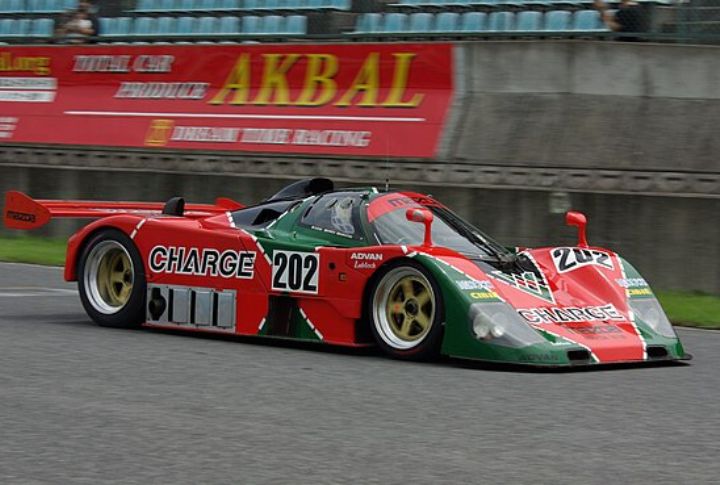
Le Mans racing is known for brutal competition and technological innovation, and the 1991 Mazda 767B stands out as a revolutionary champion. This prototype race car defied expectations by becoming the first and only car powered by a rotary engine to win the prestigious 24 Hours of Le Mans with its four-rotor engine.
Mazda Furai – 2008
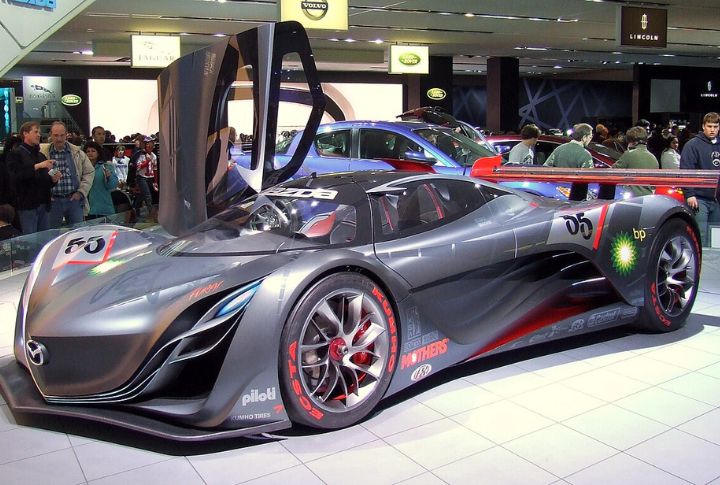
Unveiled in 2008 to showcase Mazda’s continued fascination with the rotary engine, the Furai featured a sleek, aerodynamic design inspired by nature, with a lightweight construction and a mid-mounted rotary engine. The engine wasn’t a gasoline burner. Instead, it utilized a cutting-edge hydrogen rotary engine, hinting at a potential future for the technology beyond traditional fuels.
